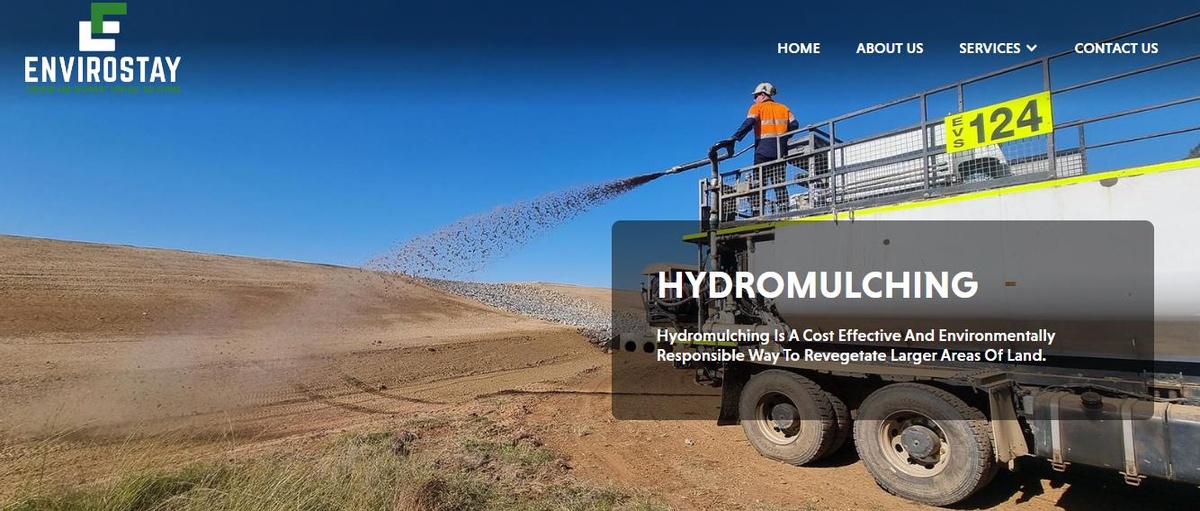In the realm of environmental conservation and sustainable land management, innovative techniques are continually emerging to address the challenges posed by waste disposal and land reclamation. One such method gaining traction is hydro mulching, particularly in the context of landfill capping, where it offers a versatile and eco-friendly solution. This article delves into the realm of hydro mulching, exploring its applications, benefits, and role in transforming landfills into green spaces.
Hydro mulching, also known as hydraulic mulch seeding or hydroseeding, is a process that involves spraying a mixture of water, fiber mulch, seed, and sometimes fertilizer onto the soil surface. This slurry forms a protective layer that promotes seed germination, erosion control, and vegetation establishment. The technique is highly adaptable, suitable for a variety of terrains and environmental conditions.
Landfills, often associated with environmental degradation and eyesores, require effective capping solutions to mitigate their adverse impacts. Traditional methods like soil cover or geomembranes have limitations in terms of cost, durability, and ecological benefits. Hydro mulching presents a viable alternative, offering a comprehensive approach to landfill closure and site rehabilitation.
- Erosion Control: Landfills are prone to erosion, especially during heavy rainfall or wind events. Hydro mulch forms a protective barrier that stabilizes the soil, preventing erosion and runoff of pollutants into surrounding ecosystems.
- Vegetation Establishment: Hydro mulch acts as a growth medium for vegetation, facilitating the establishment of grasses and other native plants. This vegetative cover enhances the aesthetic appeal of capped landfills, promotes biodiversity, and reduces soil erosion further.
- Soil Remediation: The organic components in hydro mulch contribute to soil enrichment, enhancing its fertility and supporting plant growth. Additionally, the mulch aids in moisture retention, fostering optimal conditions for vegetation establishment in otherwise degraded soil.
- Cost-Effectiveness: Compared to traditional landfill capping methods, hydro mulching offers cost savings in both material and labor expenses. Its efficiency in seed dispersal and erosion control reduces the need for extensive site preparation and maintenance, making it an economically viable solution for landfill remediation projects.
Hydro mulch grass, or grass grown using hydro mulching techniques, plays a crucial role in restoring landfills to functional and aesthetically pleasing spaces. By promoting the growth of lush green vegetation, hydro mulch grass transforms barren landfill sites into verdant landscapes, improving air quality, and enhancing the overall ecological balance of the area.
Hydro mulching represents a sustainable approach to landfill capping, offering a myriad of benefits ranging from erosion control to vegetation establishment. By harnessing the power of nature and innovative technology, hydro mulch grass has the potential to revolutionize landfill remediation efforts, turning once-degraded sites into thriving ecosystems. As environmental awareness grows and the demand for sustainable solutions increases, hydro mulching is poised to play a pivotal role in shaping the future of landfill management and environmental stewardship.


No comments yet